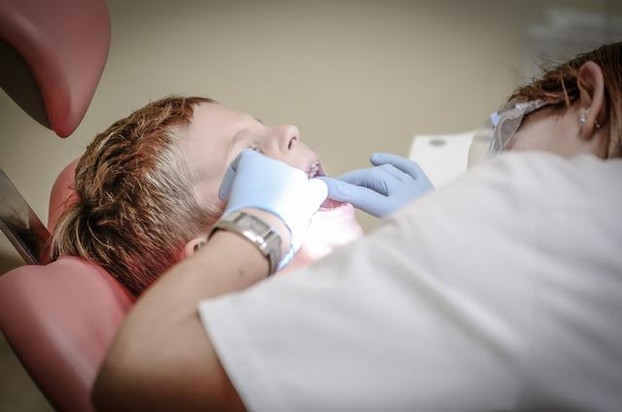How about alcohol tolerance of redheads? Or temperature sensitiveness? How many special treats are associated with inglorious MC1R protein?
Several studies proved people with red hair (natural or dyed) act significantly different than everybody else, but their behavior could be influenced by the heavy mixture of historical and cultural heritage.
On the other hand, pain and amount of medication needed to suppress it are undeniably measurable. What a so-called hard science says about natural redheads and pain?










 Pinterest Tipson 11/22/2024
Pinterest Tipson 11/22/2024
 Make Your Printable Advent Calendaron 11/19/2023
Make Your Printable Advent Calendaron 11/19/2023
 Best Free Portfolio Sites for Artists and Designerson 10/06/2023
Best Free Portfolio Sites for Artists and Designerson 10/06/2023
 Thinking About Painting Your Walls Pink?on 06/17/2023
Thinking About Painting Your Walls Pink?on 06/17/2023


Can you add anything related to redheads and pain?
Glad to hear you ae a fan, katiem2. That makes two of us!
I love this article. Being a redhead, I can attest to everything you've included. I have a dentist's phobia and love spicy food not finding it as hot as my non-redheaded family and friends. I wonder if redheads are naturally clumsy. I definitely have the clumsy gene and believe it to be a genetic fact. Hmm, perhaps you will continue this interesting exploration of redheads. I'm a FAN!
My pleasure, Jo.
I have never even thought about all this! Interesting thought. Jo
Yes, could be!
The computer crashed before I could continue with an additional observation concerning redheads and their alcoholic intolerances or tolerances.
Might redhead intolerances or tolerances vary according to the alcoholic type?
The first sentence in your first introductory paragraph contains the question, "How about alcohol tolerance of redheads?"
What is the configuration that research and tradition show for redheads and their intolerance or their tolerance of alcoholic drinks?
The second paragraph in your introduction keeps drawing me back with its thought-provoking observation that "Several studies proved people with red hair (natural or dyed) act significantly different than everybody else, but their behavior could be influenced by the heavy mixture of historical and cultural heritage."
It makes me think of nature versus nurture influences. Might it be saying that those who become dyed redheads assume redhead characteristics such that they too share (in Bob Dylan's words) "a personal acquaintance with pain"?
It's interesting that dental pain- and problem-proneness and heat sensitivity may be correlated with red-haired people.
That means that perhaps an otherwise hair-colored person with dental pain, dental problems and heat sensitivity may have the red-haired recessive gene, correct?
Considering hair properties with the graying and whitening with age came to mind with the last three parenthesized words -- (dyed reds excluded) -- in the last sentence of your first paragraph in the first subheading, Myths and facts.
Blood, bones, muscles and skin change with age. So too perhaps hair!?!
Have there been any studies about aged- and aging-hair properties? Might it not be possible that pain tolerances manifest less or more?